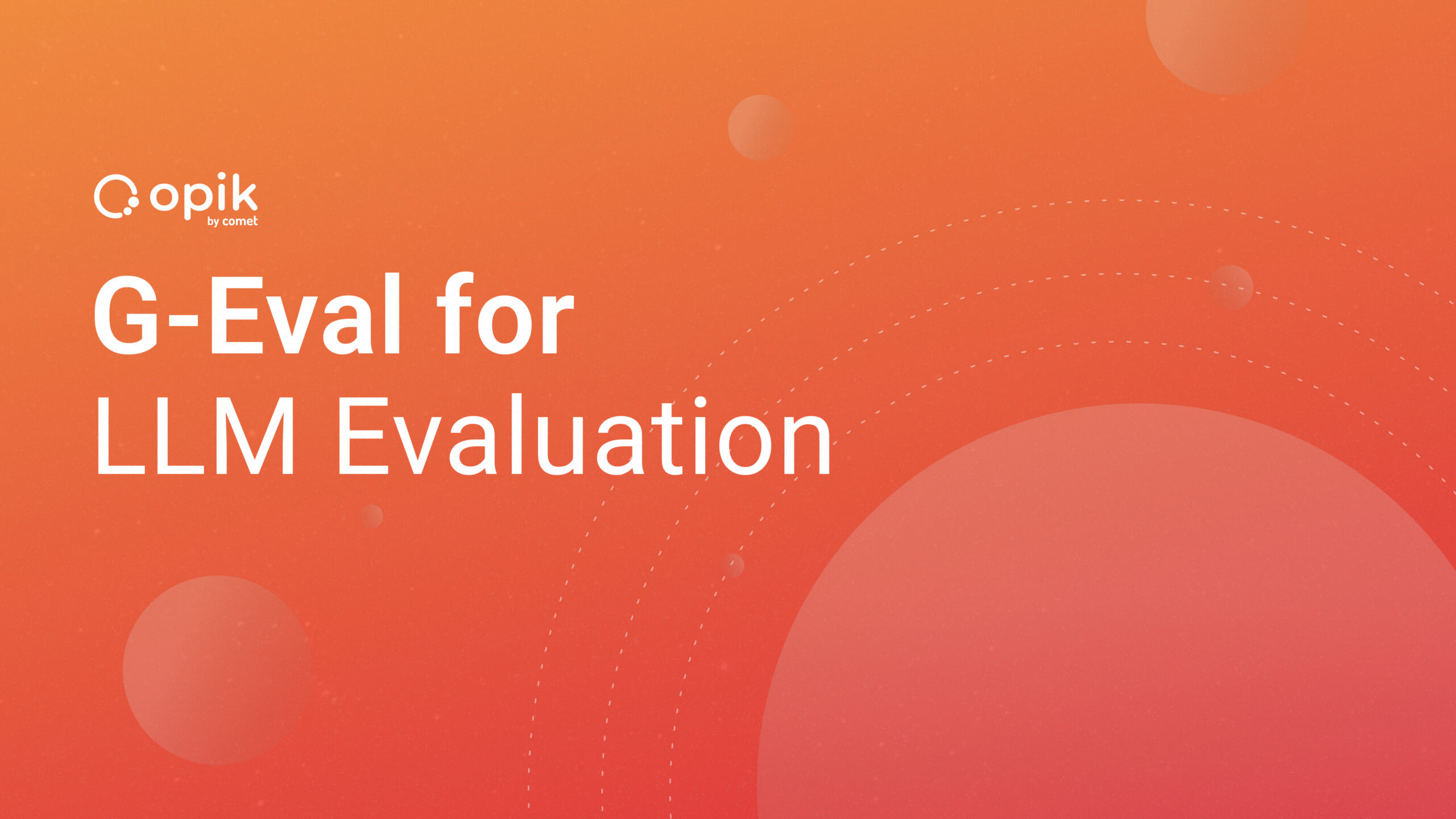Using Pre-Trained NLP Models for Sentence Similarity

Introduction
Natural Language Processing (NLP) is a type of artificial intelligence in which computers process and interpret human language. NLP is the result of more than a century of research into computational linguistics and statistical modeling, as well as much more recent machine learning breakthroughs.
You may be familiar with NLP applications such as autocorrection, translation, and chatbots. Indeed, NLP is at the core of many of the apps we use every single day. But how do we know when not to use NLP? This article will explore situations in which NLP would not be ideal.

Four Major Steps of NLP
Lexical Analysis — The process of breaking down a phrase into words or small units called “tokens” in order to figure out what it means and how it relates to the rest of the sentence.
Syntactic Analysis — The process of determining the relationship between various words and phrases in a sentence, standardizing their structure, and presenting the links in a hierarchical framework.
Semantic Analysis — The process of connecting syntactic structures to their language-independent meanings at all levels of the writing, from phrases, clauses, sentences, and paragraphs to the overall text.
Output Transformation — The process of creating an output that matches the application’s aim based on semantic analysis of text or voice.
NLP applications include translation, sentence completion, grammatical correction, and many, many others.
Deep learning has been increasingly popular in current NLP applications in recent years. In 2016, Google Translate, for example, notably implemented deep learning, resulting in considerable improvements in the accuracy of its findings.
NLP Example
Let’s choose our model — We will use spaCy’s sentence-BERT to demonstrate our example.
Let’s choose the task — We will examine a sentence similarity task. There are a variety of tasks we could use to test our model, but let’s keep it basic and pick one that you could apply to a variety of other NLP tasks on your own. Trying to determine if one sentence is similar to another appears to be an appropriate challenge for our review.
Let’s run the code below to find the similarity between sentences using Spacy models for sentence-BERT
import spacy_sentence_bertimport pandas as pdnlp = spacy_sentence_bert.load_model('en_stsb_roberta_large')df = pd.read_csv('sample_questions.csv')similarityValue = []import spacy_sentence_bert import pandas as pd nlp = spacy_sentence_bert.load_model('en_stsb_roberta_large') df = pd.read_csv('sample_questions.csv') similarityValue = []for i in range(df.count()[0]): Saved_Query = nlp(df.iloc[i][0]) New_Query = nlp(df.iloc[i][1]) similarityValue.append(Saved_Query.similarity(New_Query)) print(Saved_Query, '|', New_Query, '|',Saved_Query.similarity(New_Query)) df['Similarity'] = similarityValue print(df.head(10))
Output:

Sample Data 2:
import spacy_sentence_bert import pandas as pdnlp = spacy_sentence_bert.load_model('en_stsb_roberta_large') df = pd.read_csv('sample_questions_1.csv') similarityValue = []for i in range(df.count()[0]): Saved_Query = nlp(df.iloc[i][0]) New_Query = nlp(df.iloc[i][1]) similarityValue.append(Saved_Query.similarity(New_Query))df['Similarity'] = similarityValue print(df.head(10))
Output:

Finding the best way to support your data science team can alleviate a number of pain points before they even start. Learn more with our helpful guide.
When is it not advisable to select the best NLP model?
It’s safe to say that in the field of natural language processing, the last 1.5 years have witnessed extraordinary development. New models continue to produce outstanding outcomes in a variety of validation tasks. You may be excused for believing that you can plug one of these cool new models into your NLP activities and get better outcomes than you do now. What’s to stop you? Complex tasks, like inference or question and answer, are often well-suited to some of these new models. This appears to imply that they have a basic command of the English language. As a consequence, they should be able to better your specific work, correct?
Unfortunately, this is a little too good to be true, as is the case with most things in life. These models do not appear to develop any type of general semantic comprehension, regardless of how they are taught or the variety of tasks on which they are trained. To put it another way, the models aren’t generic language models; instead of excelling at a wide range of activities, they typically specialize in only those activities that they were trained to perform. Next, we will examine these results to discover what they reveal about the models themselves. The objective is to give you a basic framework for evaluating future NLP models and their applicability to your business.
Regulation for assessing NLP
To assess the NLP model, temporary models are built using the random part of the whole sentence set of the model and then tested against the remaining sentence. The same procedure is repeated several times and the most frequent error is shared with the admin for further investigation. This testing is useful when we work on a large data model.
The objective is to discover a rapid approach to assess the most recent NLP models. To do this, we will employ publicly accessible pre-trained models. Because they are trained on such a large amount of data, they are extremely useful tools to the average scientist looking to focus more on the tuning, implementation, and results of these models. Additionally, using these readily available pre-trained models saves you from having to spend the immense time and resources necessary for training a deep learning neural network.
You may utilize the pre-trained models right away, or you can fine-tune them to your particular requirements using considerably less data than they were trained on originally. Fine-tuning these models can take time (depending on your available resources or general knowledge of deep learning NLP models), which would include not only obtaining and cleaning your own data but also changing it into the model’s unique format.
Conclusion
In this article, we learned how Natural Language Processing (NLP) functions and how to load a pre-trained model for sentence similarity tasks. We also learned that it’s not always advisable to use NLP, so make sure you understand your use case thoroughly, as well as the limitations to NLP, before investing in an NLP framework.


